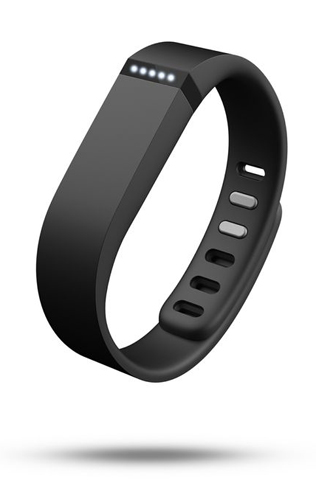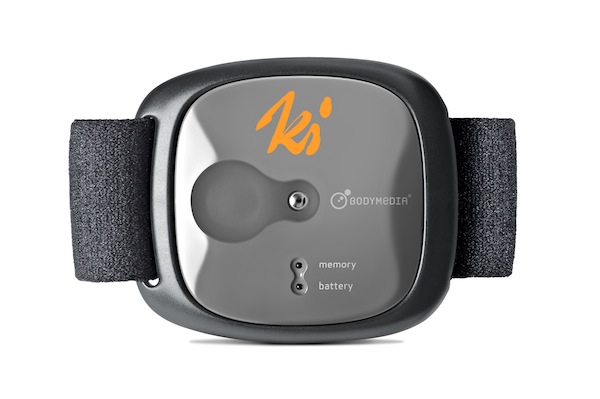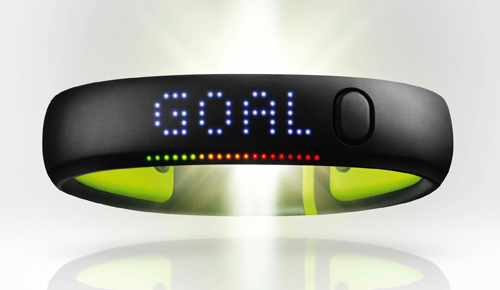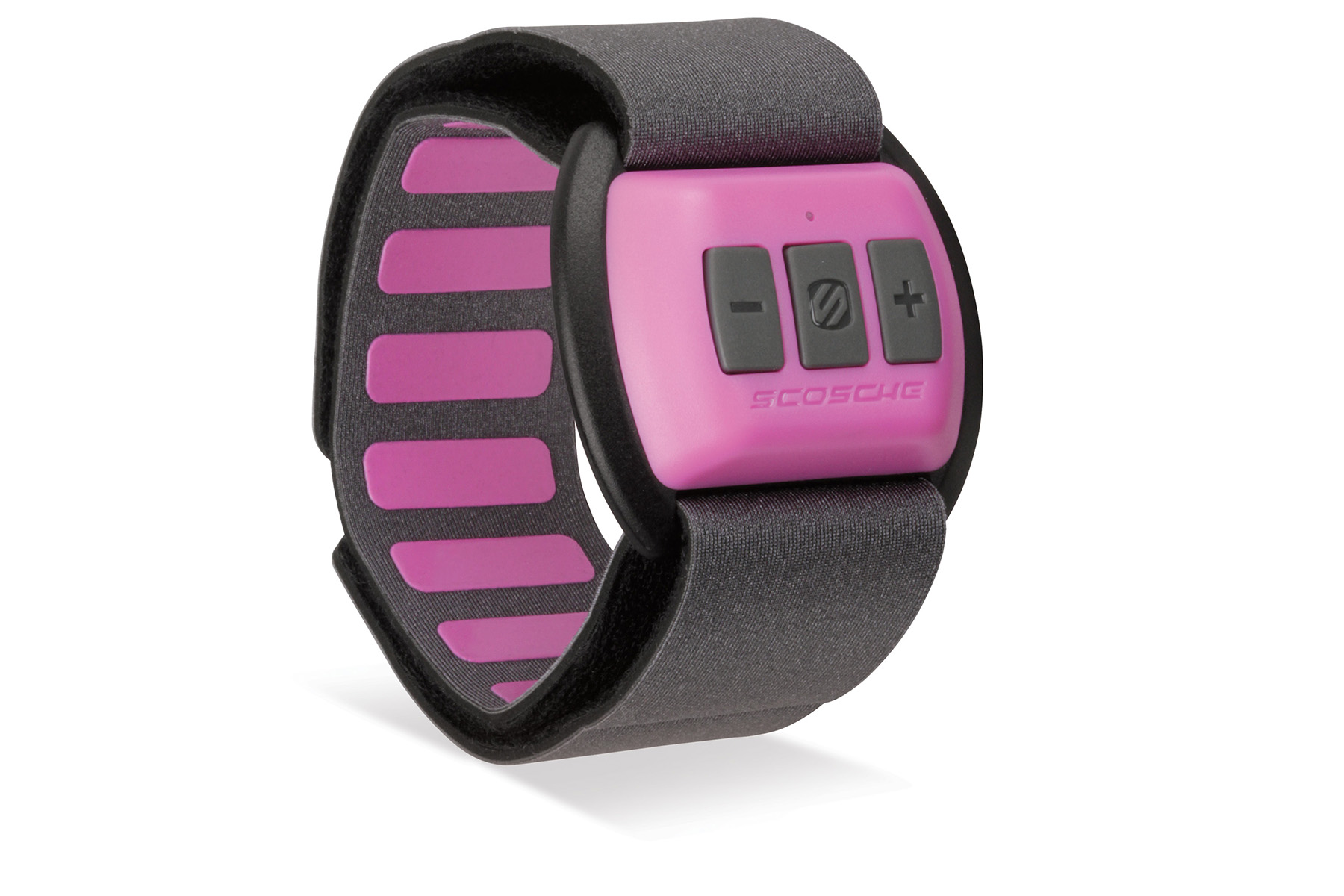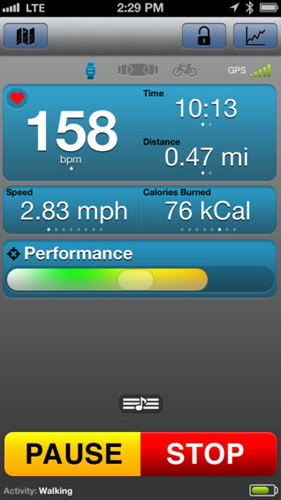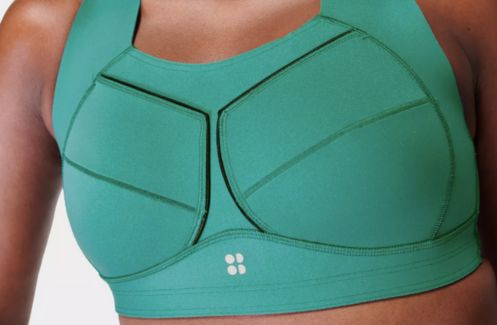They are absolutely everywhere right now, little rubbery things you wear on your wrist or arm to measure your activity. But trust us, quality varies. Before you shell out, read our honest reviews – we’ve tried a few
1. FITBIT FLEX, £79.99
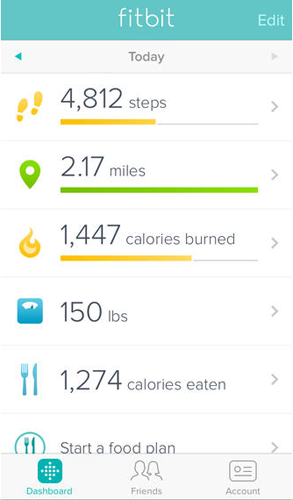
PRO : The FitBit is wireless, connecting to your phone and laptop via Bluetooth, and your information is updated constantly, with no need to plug in. It is apparently the only app on the market to offer the user such access to stats on the go.
CON : The material used to make the Fitbit Flex picks up a lot of dirt, which after a week meant it started to look quite grubby. If I were you, I’d go for the black one.
Healthista rating : 4.5/5
2. KIFIT ARMBAND (see pricing below)
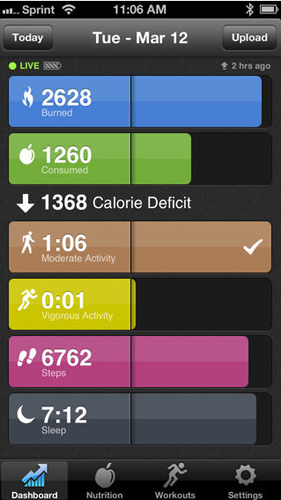
You can narrow down your calorie burn to any minute of any day in the readout you get online. Plus, it doesn’t require any pre-programming. The information is stored in your own personal monitoring system online so you can track your progress down to the last calorie burned. Users report being surprised at how many calories are burned doing everyday activities such as washing up or walking from the bus stop. In trials, people using the Ki Fit armband lost three times more weight than those that didn’t. Read more kiperformance.co.uk .
Prices are subject to change but now, it costs £268.99 for a Ki Armband and 12-month subscription. This is £99.99 plus 11 monthly payments of £16.50 for a Ki Armband and 12-month subscription.
PRO: It’s the most precise of all the monitors and you can gauge activity to the minute. It’s used by athletes and scientists and clinically proven.
CON: It’s expensive
Healthista rating: 4.5/5
3. NIKE+ FUELBAND, £129
It’s taken the body monitor world by storm and we are not surprised. The Nike Fuelband is affordable and provides enough activity information to keep you coming back each day and getting more and more competitive both with your own activity levels and those of other people…
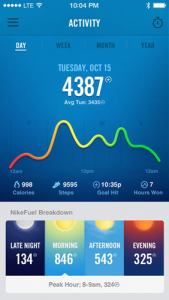
PRO: It’s superbly easy, reasonably affordable and plugs into your computer through USB.
CON: It’s not as accurate as say, a Ki Fit – then again, it’s not as expensive.
Healthista rating: 4/5
4. SCOSCHE RHYTHM PULSE, £80
The Scosche Rhythm Pulse band is designed to manage, track and analyse your workouts. Worn around the upper arm, it combines two alternating LEDs with a photo sensor to accurately measure the user’s pulse. It has a built in acclelerometer, which in human terms means it can adjust for movement and can measure calories burned (although sometimes this seemed a little inaccurate), speed, pace, route and distance. Together with the app, which is easily to set up and connect, everything is synced and logged with your phone in realtime via Bluetooth. A male or female voice will prompt you with your progress, so you know how close you are to accomplishing goals, or if you’ve moved outside your desired target heart rate zone.
The band syncs with your phone’s calendar which is handy if you want to keep track of your frequency, and with Maps so that if you’re a runner, you can retrace routes in future. Workout history can be viewed in terms of Lifetime, Last Year, Last Month and Last Week. The music on your mobile device can also be controlled using the buttons on the Rhythm Pulse. Easy graphs on the device display show pulse and pace set against time. As well as on the app, all data is stored in the cloud of the Scosche website which allows for more in-depth analysis and if you wish, your achievements can be shared on Facebook and Twitter.
PRO: One great thing about the Rhythm Pulse is that you can add specific ‘activities’ during your workout so that later you can directly compare different sessions of, say, Zumba, on different days.
CON: With a battery life of only five hours, you can only use the band whilst working out, rather than to log your lifestyle patterns like other bands.
Rating: 3/5
Like this article? Sign up to our newsletter to get more articles like this delivered straight to your inbox.



